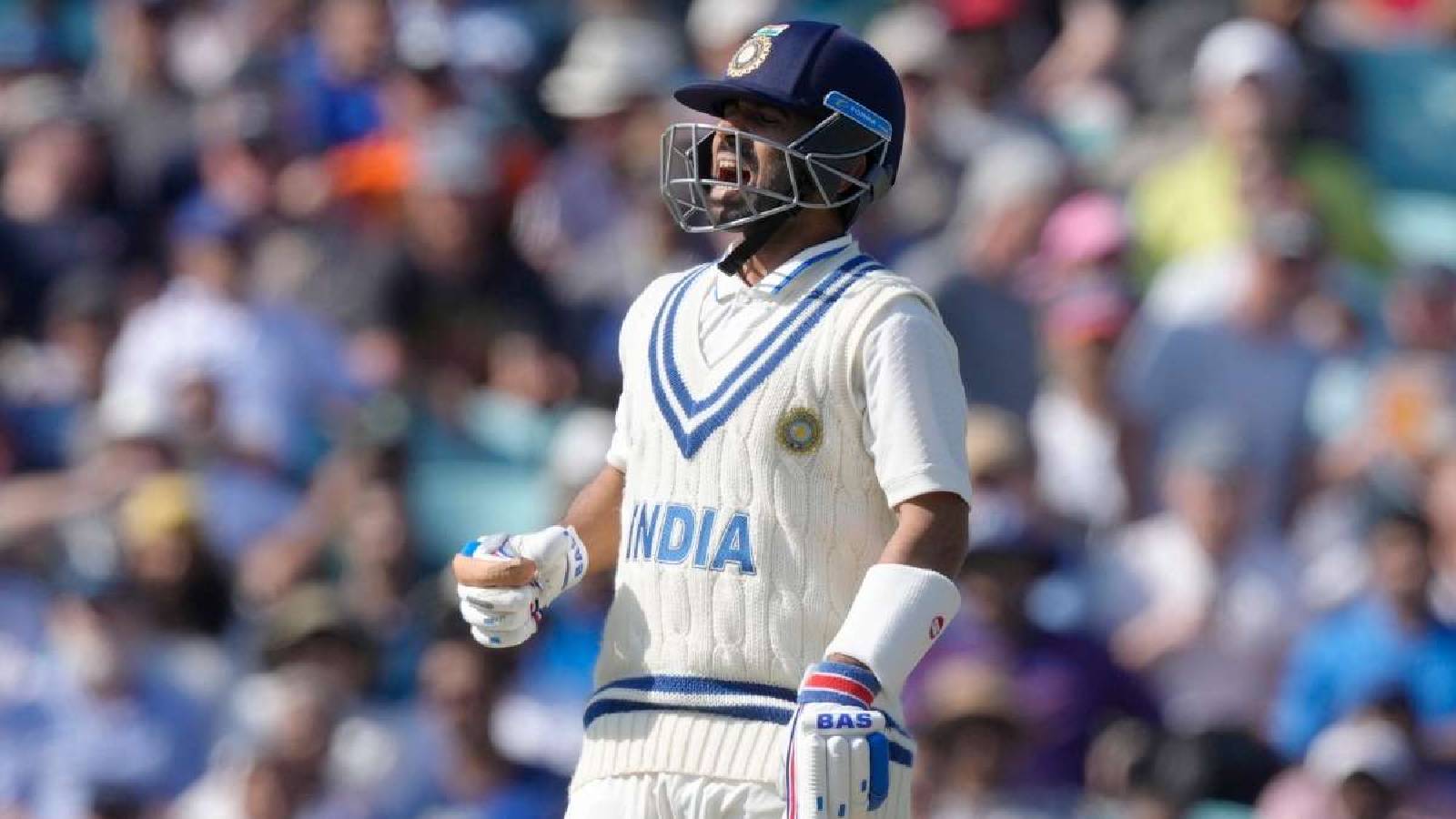 |
|
Ajinkya Rahane's recent omission from the Indian Test cricket team continues to be a point of discussion among fans and experts alike. Despite a commendable performance in the 2023 World Test Championship final against Australia, where he was India's top scorer with 135 runs, Rahane found himself dropped from the team following the West Indies tour. This decision, made approximately 18 months ago, has sparked debate regarding the selection criteria and the selectors' assessment of his abilities. The question remains: was Rahane's exclusion a fair reflection of his actual form and contribution to the team, or was it a decision based on other factors, perhaps prioritizing younger players or strategic team restructuring?
Rahane's recent success in domestic cricket further fuels the conversation surrounding his exclusion. His impressive century in the Ranji Trophy quarter-finals highlights his continued batting prowess and dedication to the game. This recent performance, along with his previously strong showing in the Syed Mushtaq Ali Trophy, serves as evidence that his skills have not diminished. The fact that he remains a capable batsman, as demonstrated by his consistent performances at the domestic level, raises questions about the selectors' decision-making process. Were other factors, such as age or perceived lack of future potential, given undue weight in the selection process, overshadowing his recent positive performances?
The statement by Rahane himself, expressing his satisfaction with his current form and emphasizing his strong showing in the WTC final, underscores the lack of clarity surrounding his exclusion. His nonchalant attitude toward his selection, stating that being selected or not is the selectors' job, suggests a potential disconnect between his own self-assessment and the selectors' evaluation. This situation highlights the complexities of cricket team selection, where subjective judgements, strategic planning, and a variety of factors beyond pure performance metrics often play a significant role. The gap between Rahane's self-perception and the selectors' decision warrants a deeper examination of the criteria used in evaluating players for national team selection.
The case of Ajinkya Rahane represents a larger discussion about the dynamics of player selection in professional sports. It brings to light the inherent subjectivity in evaluating athletes, where performance statistics might not fully capture the nuances of skill, potential, team dynamics, and the strategic vision of the coaching staff. The lack of transparency in the selection process also raises concerns about the fairness and consistency of the criteria applied. In addition, the age factor often plays a significant role in selection decisions, as younger players are often seen as having greater long-term potential. While understanding the need for a balance between experience and youth, the question of whether merit alone should be the primary criterion continues to be debated. In the context of Rahane’s situation, it is crucial to examine the specific factors that contributed to his omission, ensuring that the selection process remains fair, transparent and grounded in objective evaluation.
Moving forward, it is important to establish a more transparent and consistently applied selection process that balances objective performance metrics with subjective assessments of player attributes and future potential. Open communication between selectors and players, coupled with clearly defined selection criteria, would foster greater understanding and minimize potential controversies. This will help maintain the credibility and fairness of the selection process and build trust among players, coaches, and fans. The case of Ajinkya Rahane underscores the need for such improvements to ensure that deserving players are given fair consideration, regardless of their age or other factors that may seem to overshadow their actual skill and contribution to the game. Only then can the selection process truly prioritize the meritocratic ideal of selecting the most capable players to represent the national team.
